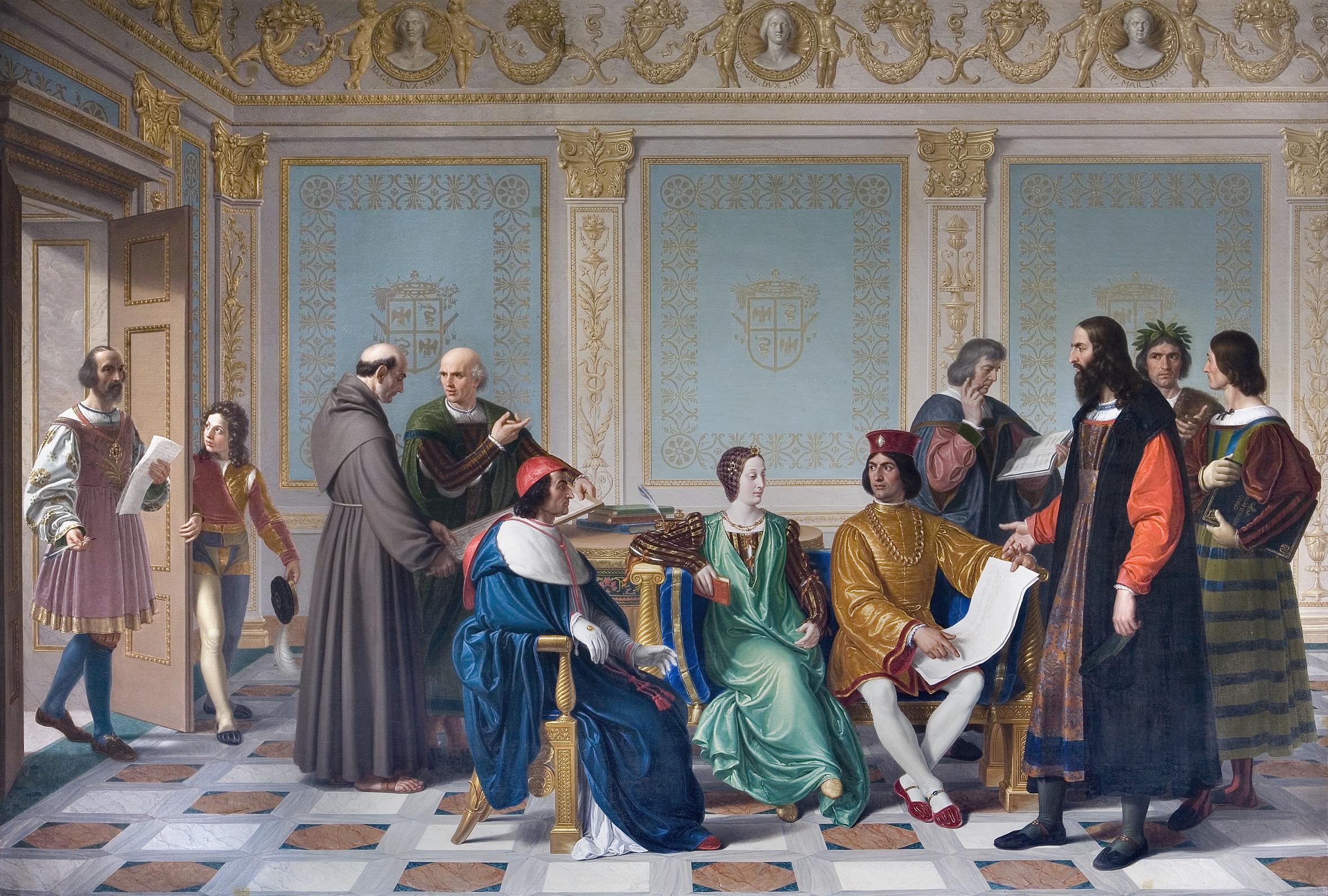The Genius of Milan on display: from the Fabbrica del Duomo to the Novecento
Intesa Sanpaolo opens to the public at the Gallerie d'Italia - Milan the exhibition "Il genio di Milano. Crocevia delle arti dalla Fabbrica del Duomo al Novecento” (The Genius of Milan. Crossroads of the arts from the Fabbrica del Duomo to the Nocevento): a tribute to the Lombard capital that has always been a hub of innovation, both in the arts and sciences.
The exhibition hosts more than 140 works including paintings, marbles, manuscripts, drawings and sculptures. It is organised in thematic and chronological sections ranging from the Middle Ages to the 20th century: the creative fervour of Lombardy's capital is illustrated through significant episodes
The many “protagonists” of the exhibition include:
- the Duomo of Milan, with the extraordinary history of its Fabbrica
- Leonardo at the Sforza court
- Cardinal Federico Borromeo, patron and collector
- Milan's privileged relationship with Venice, with painters such as Sebastiano Ricci and Giovanni Battista Tiepolo
- the architect Giuseppe Piermarini, who radically renovated the city by building new palaces for the emerging nobility and bourgeoisie
- Andrea Appiani, who was appointed as Napoleon's painter and played a leading role in the artistic scene during the period of French rule
- painters and sculptors such as Pelagio Palagi, Francesco Hayez, Massimo d' Azeglio, Carlo Canella, Alessandro Puttinati, settled in Milan because it had become the cultural capital of Italy and followed by local masters such as Giuseppe Molteni, Giovanni Migliara and Angelo Inganni, who made Milan the recognised centre of Romanticism
- Divisionism, an anticipation of Futurism, with painters such as Giovanni Segantini, Gaetano Previati, Angelo Morbelli and Giuseppe Pellizza da Volpedo
- Novecento, with Margherita Sarfatti to whom we owe the international success of artists such as Mario Sironi, Achille Funi, Arturo Martini and Francesco Messina
- the sculptor Adolfo Wildt and his two young students at the Brera Academy: Lucio Fontana and Fausto Melotti.
The exhibition thus recounts how, an inclusive city by nature, over the centuries Milan has always welcomed the innovations of foreign artists, giving them the opportunity to fulfil their creative potential also thanks to far-sighted patrons and collectors.
The exhibition, curated by Marco Carminati, Fernando Mazzocca, Alessandro Morandotti and Paola Zatti, is organised under the High Patronage of the President of the Republic and in partnership with the Veneranda Biblioteca Ambrosiana, and sees the collaboration of Milan's most important cultural institutions.
The museum of Milan, along with those of Turin, Naples and Vicenza – is part of Intesa Sanpaolo's Gallerie d’Italia museum project.
Open to the public from 23 November 2024 to 16 March 2025.
For information, please visit the Gallerie d'Italia website.
1
Giuseppe Diotti
La corte di Ludovico il Moro
1823
Olio su tela, 272 x 392 cm
Lodi, Museo Civico
© Mauro Ranzani
2
Giuseppe Pollack (Milano 1779-1857)
Progetto per la facciata del duomo di Milano
1806
Milano, Archivio della Veneranda Fabbrica del Duomo
3
Leonardo da Vinci
Veduta del naviglio di San Cristoforo
Dal Codice Atlantico
1509
Penna, inchiostro e acquerello azzurro, 204 x 295 mm
Milano, Veneranda Biblioteca Ambrosiana, Pinacoteca
©Veneranda Biblioteca Ambrosiana/Mondadori Portfolio
4
Umberto Boccioni
Meriggio. Officine a Porta Romana
1910
Olio su tela, 75 x 145 cm
Collezione Intesa Sanpaolo
Gallerie d’Italia - Milano
©Archivio Patrimonio Artistico Intesa Sanpaolo / foto Paolo Vandrasch, Milano
5
Giovanni Segantini
Le due madri
1889
Olio su tela, 162,5 x 301 cm
Milano, Galleria d’Arte Moderna
© Comune di Milano - tutti i diritti riservati - Galleria d'Arte Moderna, Milano
6
Adolfo Wildt
L’albero della vita (Fontanella santa)
1921
Marmo, mosaico, bronzo parzialmente dorato e onice, 48,5 x 44,8 x 10 cm
Forlì, Musei Civici
© Su concessione del Comune di Forlì - tutti i diritti di legge riservati
Last updated 29 November 2024 at 17:56:30





